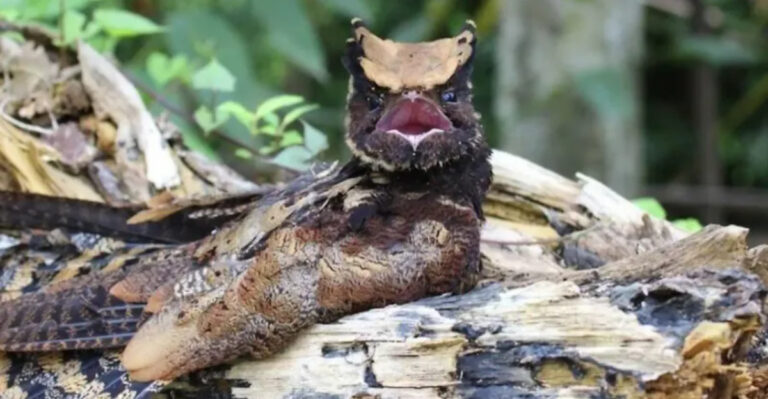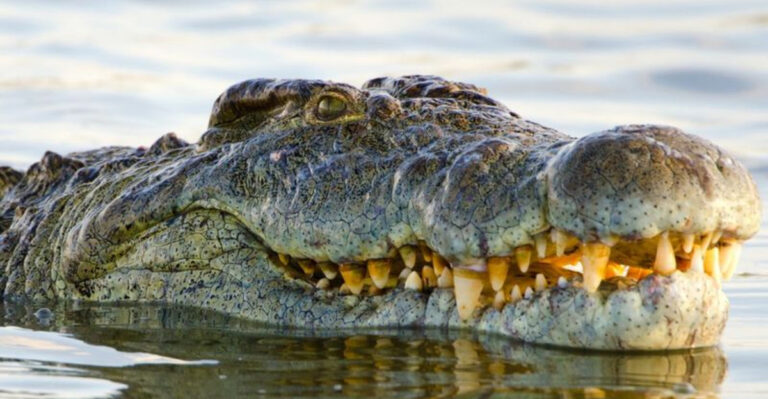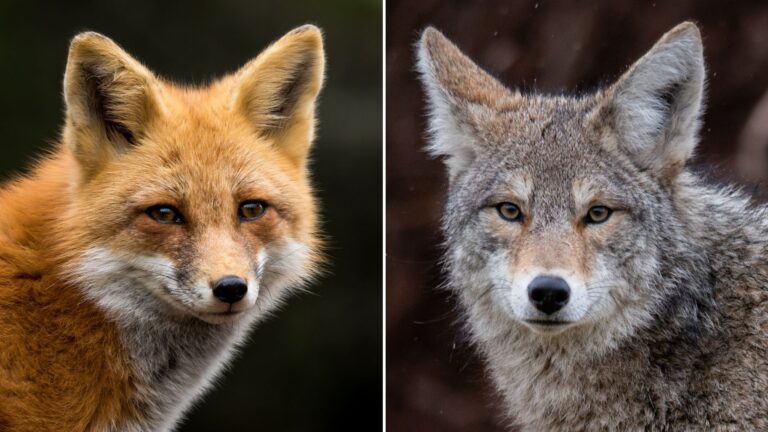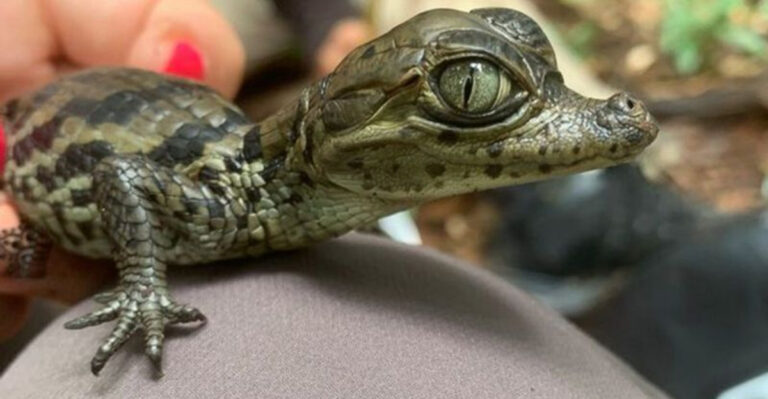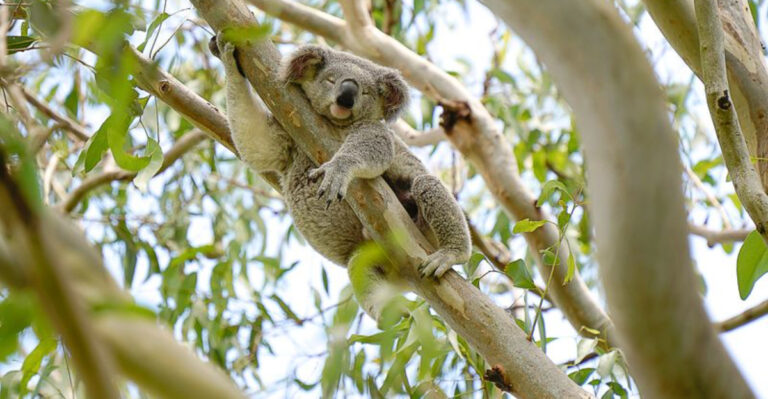20 Must-Know Facts About The Mighty Polar Bears
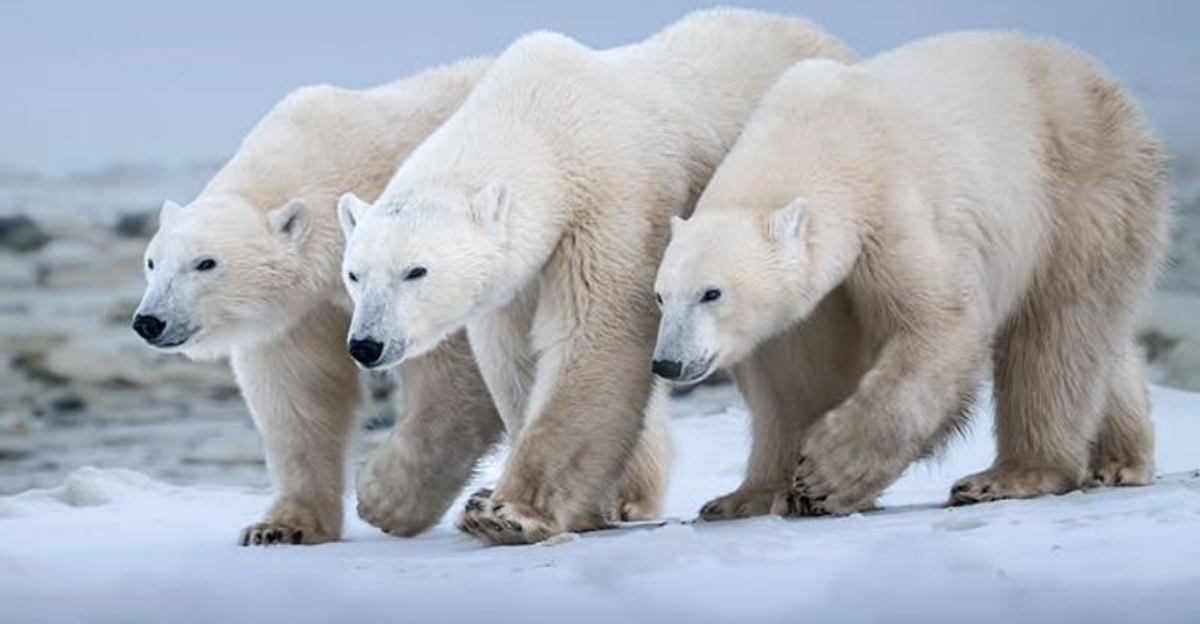
Polar bears are one of the most fascinating creatures on our planet. With their majestic presence and incredible adaptability to the harsh Arctic environment, these magnificent animals have captivated human curiosity for centuries.
From their unique hunting techniques to their ability to thrive in freezing temperatures, polar bears are a symbol of strength and survival.
Join us as we explore some intriguing and lesser-known facts about these mighty creatures that reign at the top of the Arctic food chain.
1. The Largest Land Carnivore
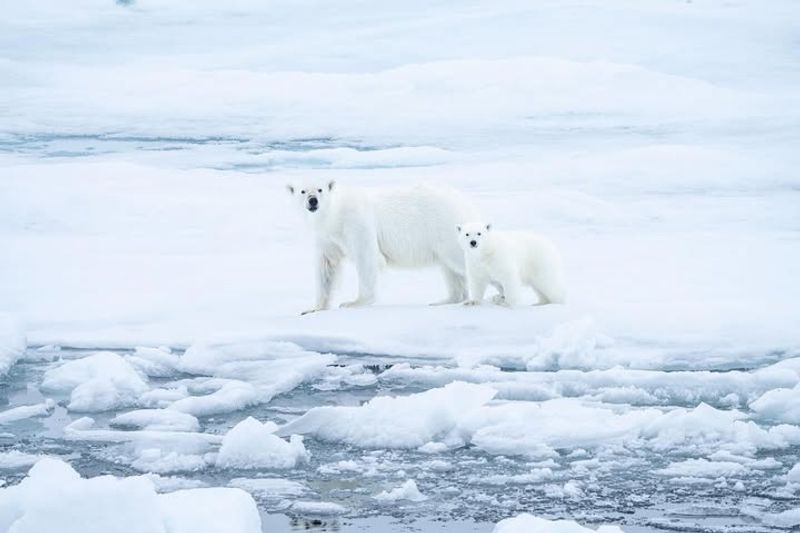
Standing up to 10 feet tall when on their hind legs, polar bears claim the title of the largest land carnivores. Their powerful presence is awe-inspiring.
With a weight that can exceed 1,500 pounds, they are true giants of the Arctic. Their size helps them hunt and survive in one of the harshest climates on Earth.
Their strength is matched only by their graceful swimming ability.
2. Unique Fur Characteristics
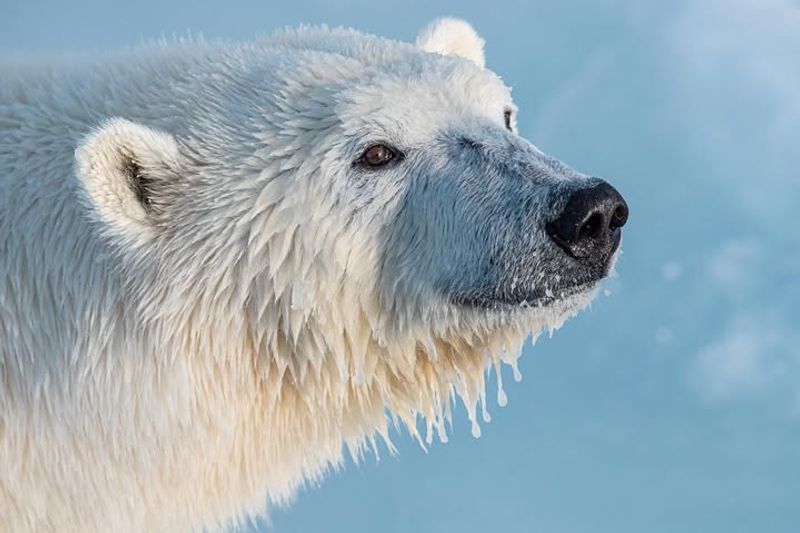
Polar bears have unique fur that isn’t actually white. Each hair is transparent and hollow, reflecting light and providing excellent insulation.
This clever design keeps them warm in freezing temperatures and camouflages them in the snow-covered landscape.
The fur is oily, making it water-repellent, which is essential for a life where swimming in icy waters is a daily routine.
3. Incredible Swimming Skills
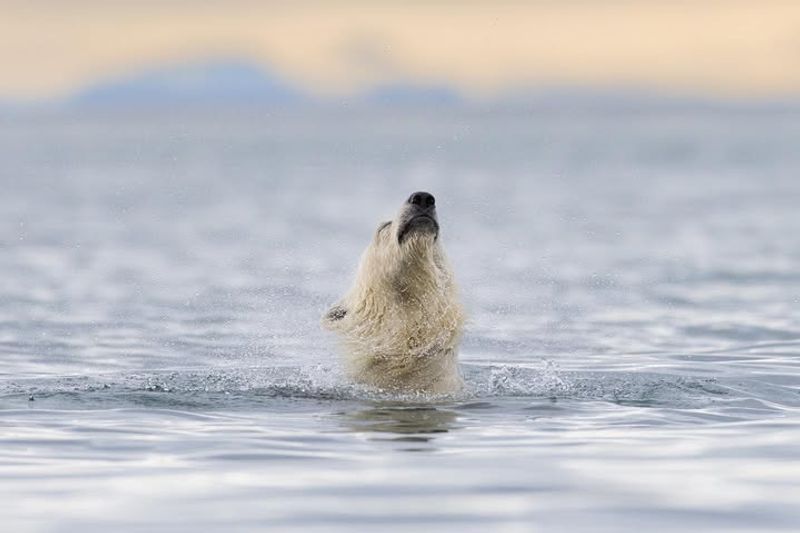
With a natural talent for swimming, polar bears can cover vast distances in search of food.
Their large, webbed paws act like paddles. They’ve been known to swim over 60 miles without rest, demonstrating remarkable endurance.
These aquatic journeys are not only for hunting seals but also for navigating between the floating ice that serves as their home.
4. Adapted To Cold Climates
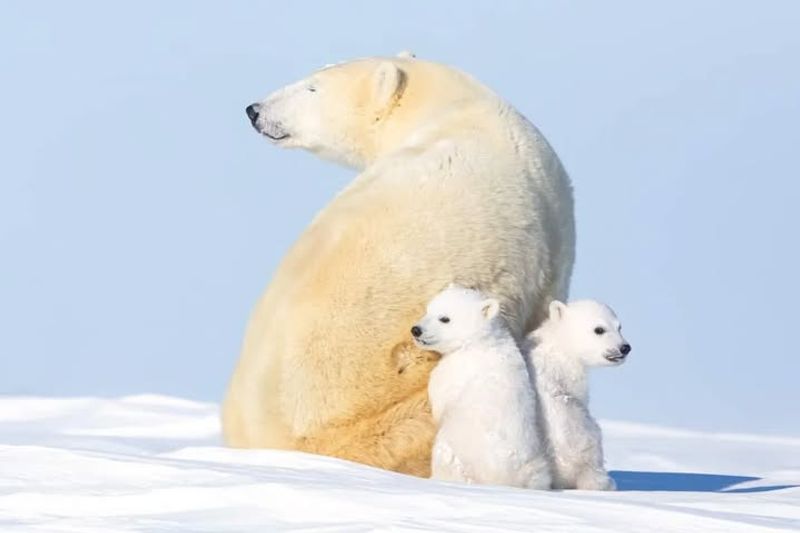
Thick blubber and dense fur make polar bears perfectly suited for the freezing Arctic. This insulation protects them from temperatures that can plummet to -50°F.
Their metabolism is also adapted to conserve energy during the long, cold winters when food is scarce. This resilience is crucial for survival in an environment where only the toughest can thrive.
5. Diet Of Seals
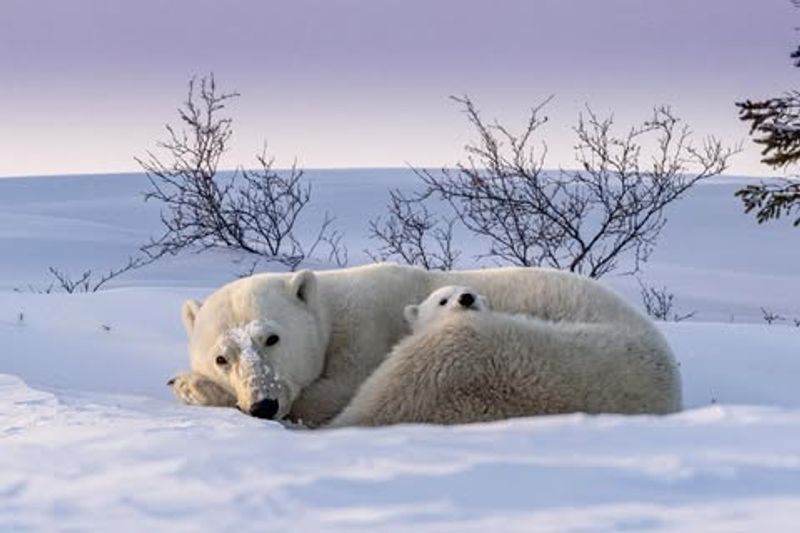
Seals make up the majority of a polar bear’s diet, and hunting them requires patience and skill.
The bear’s keen sense of smell detects seals beneath the ice. Once a seal is located, the bear will wait near breathing holes or break into dens to catch its prey.
This diet is rich in fat, providing the energy needed for survival in the harsh Arctic.
6. Solitary Wanderers
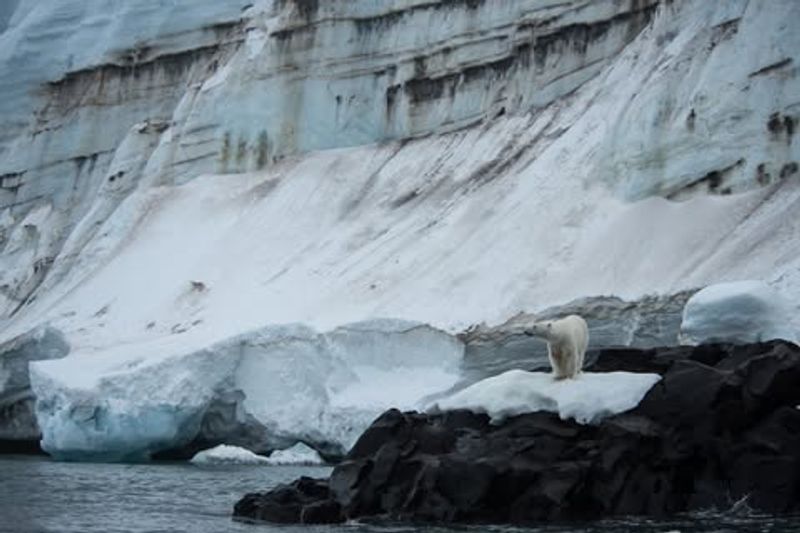
Polar bears are solitary animals, known for their independent nature. They roam the ice alone, covering vast territories in search of food.
This solitary lifestyle is crucial for survival, as the sparse resources of the Arctic cannot support large groups.
Males and females only come together briefly for mating, making these majestic creatures symbols of solitude and endurance.
7. Mothers With Cubs
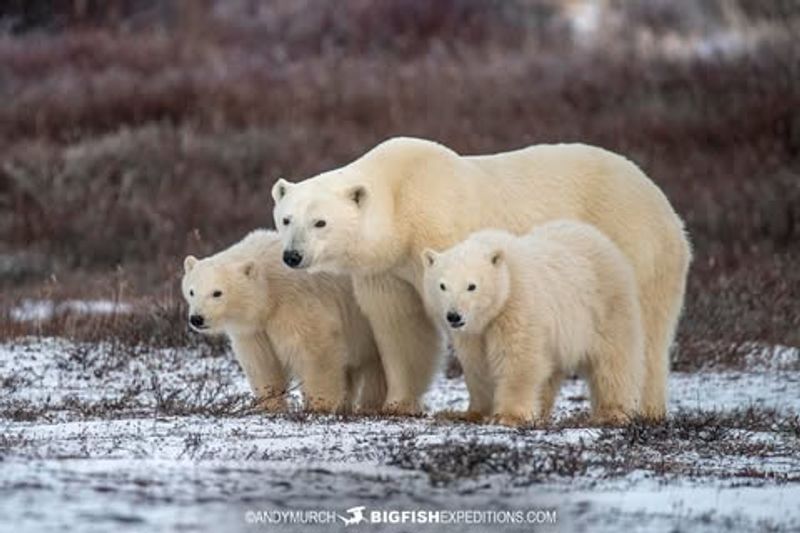
Polar bear mothers are known for their nurturing and protective nature. After giving birth in snow dens, they spend two years raising their cubs.
During this time, the mother teaches them essential survival skills, from hunting to navigating the icy terrain. Her dedication is a testament to the strong maternal instincts that ensure the continuity of the species.
8. Threatened By Climate Change
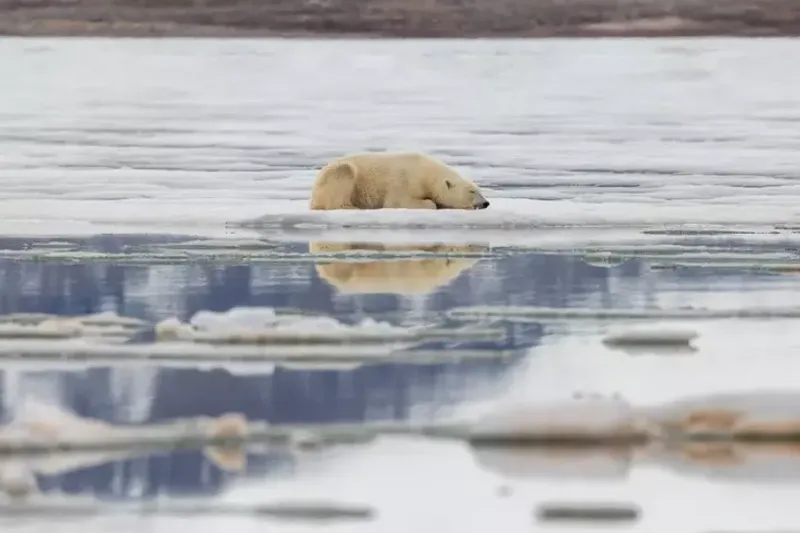
Climate change poses a significant threat to polar bears, as melting ice reduces their habitat and hunting grounds. The loss of sea ice forces them to travel further for food.
As the Arctic warms, their survival becomes increasingly precarious, highlighting the urgent need for conservation efforts to protect these majestic creatures and their fragile ecosystem.
9. Excellent Sense Of Smell
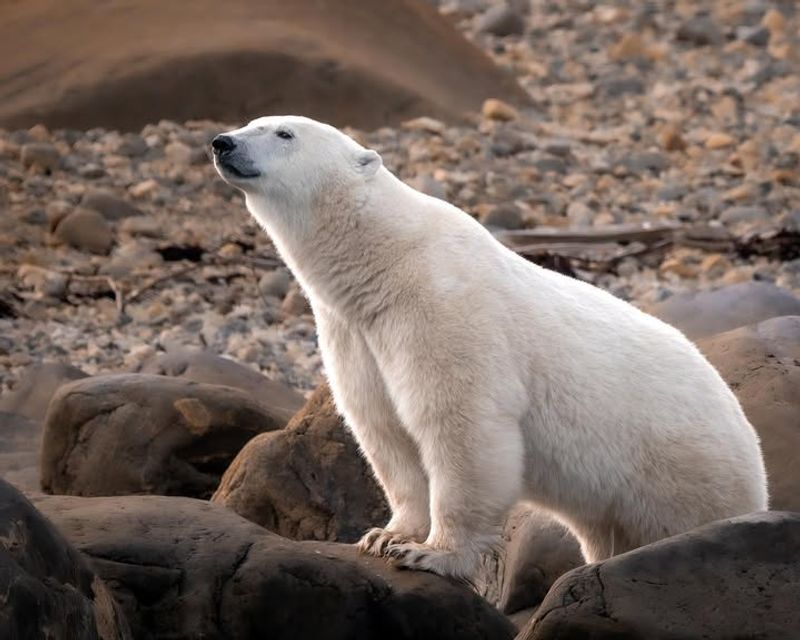
Polar bears possess an extraordinary sense of smell, capable of detecting seals nearly a mile away and under several feet of compacted snow. This remarkable ability is crucial for locating food in the vast, barren Arctic.
Their keen olfactory senses also help them navigate their environment and detect potential threats, playing a vital role in their survival strategy.
10. Powerful Swimmers
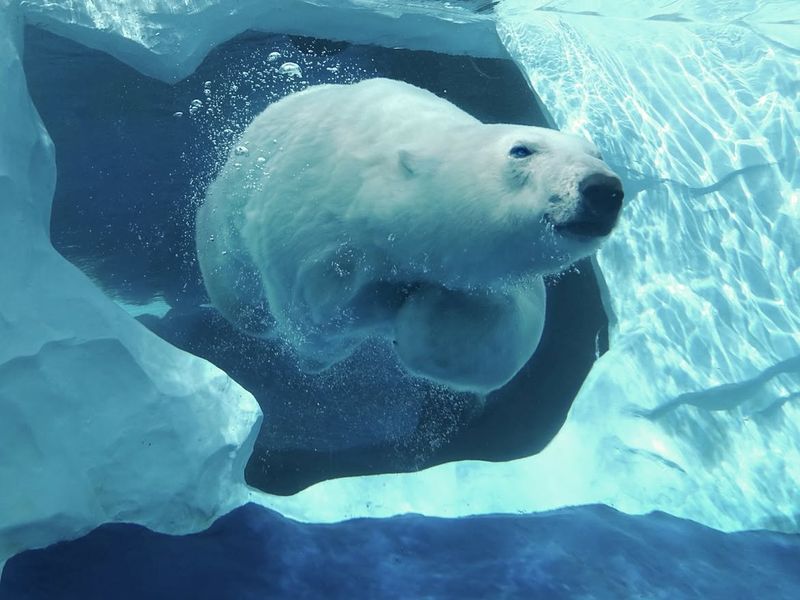
Polar bears are not just strong on land; they’re powerful swimmers, too. Their large front paws act as paddles, propelling them through icy waters.
These skills are vital for catching prey and traveling between ice floes. The ability to swim long distances also helps them adapt to changing ice conditions, making them true masters of both land and sea.
11. Cultural Symbolism
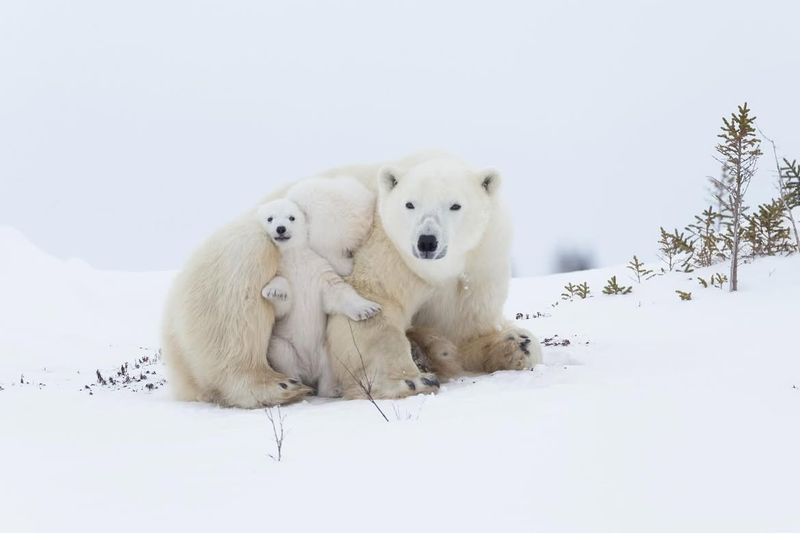
Polar bears hold a significant place in the cultures of Arctic indigenous peoples, often symbolizing strength and endurance. They are featured in myths and stories passed down through generations.
This cultural connection highlights the bond between humans and nature, underscoring the importance of preserving the natural world and its inhabitants for future generations.
12. The Inuit Name
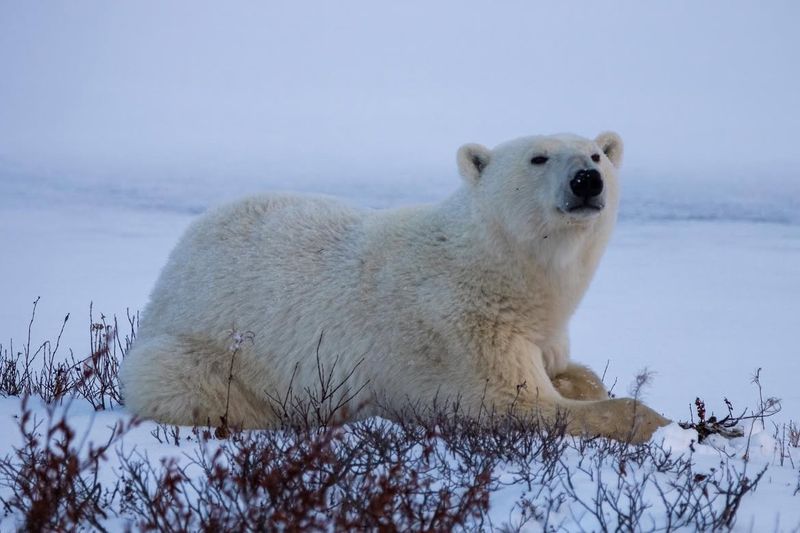
In the language of the Inuit, the polar bear is called “Nanuk.” This name reflects the deep respect and reverence that indigenous Arctic communities have for these majestic animals.
Nanuk represents more than just a creature of the wild; it embodies a spiritual connection to the land and a reminder of the delicate balance between humans and nature.
13. Distinctive Black Skin
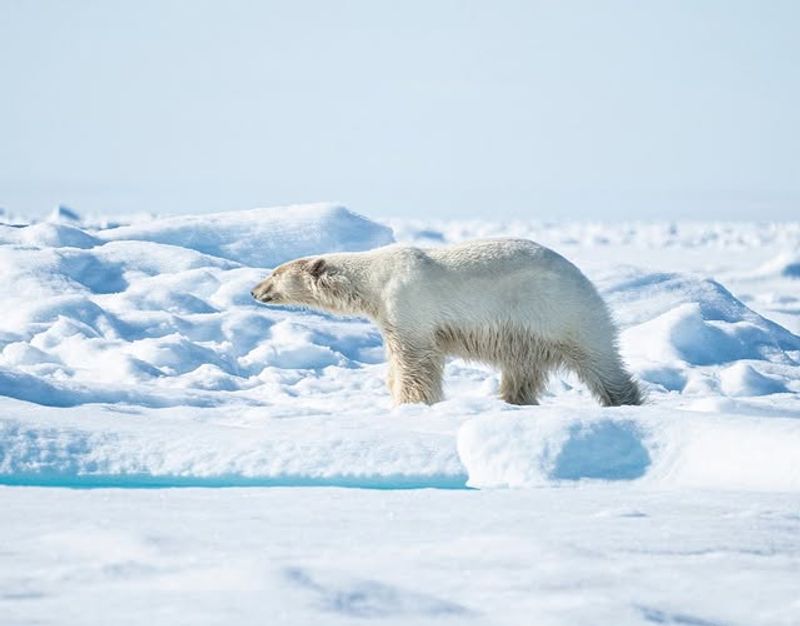
Beneath the thick, white fur, polar bears have black skin. This adaptation helps them absorb heat from the sun, essential in the frigid Arctic climate.
The contrast between their snowy appearance and dark skin is a perfect example of nature’s ingenuity, allowing them to thrive in an environment that challenges even the most resilient creatures.
14. Arctic Ambassadors
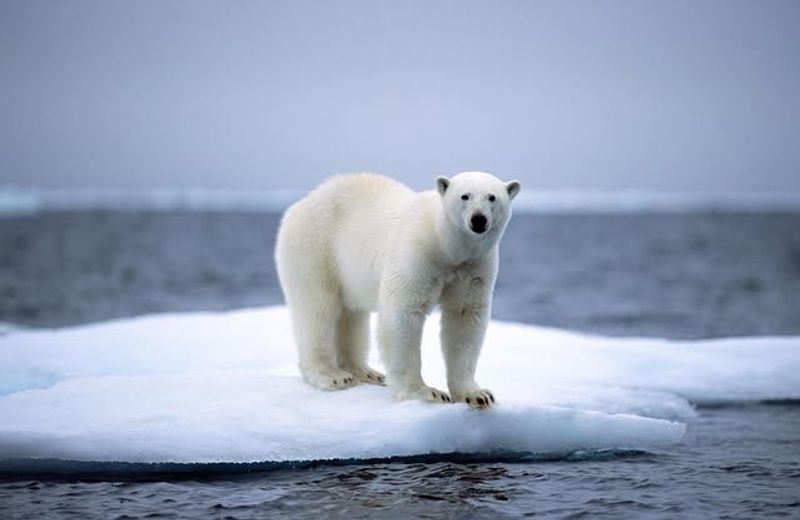
As symbols of the Arctic, polar bears have become ambassadors for raising awareness about climate change. Their plight highlights the urgent need to address environmental challenges.
Efforts to protect these majestic creatures serve as a reminder of the interconnectedness of all life on Earth and the shared responsibility to preserve our planet for future generations.
15. The Great Wanderers
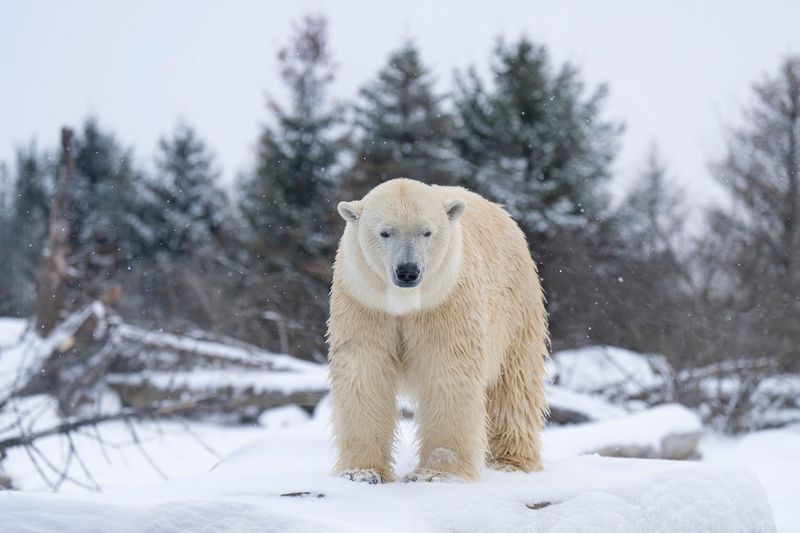
Known for their incredible wandering capabilities, polar bears can traverse vast distances across the Arctic ice. They are natural explorers, covering hundreds of miles in search of food.
This nomadic lifestyle is not only a testament to their endurance but also a necessary adaptation to the ever-changing Arctic environment, where survival often depends on movement.
16. Sensitive To Noise
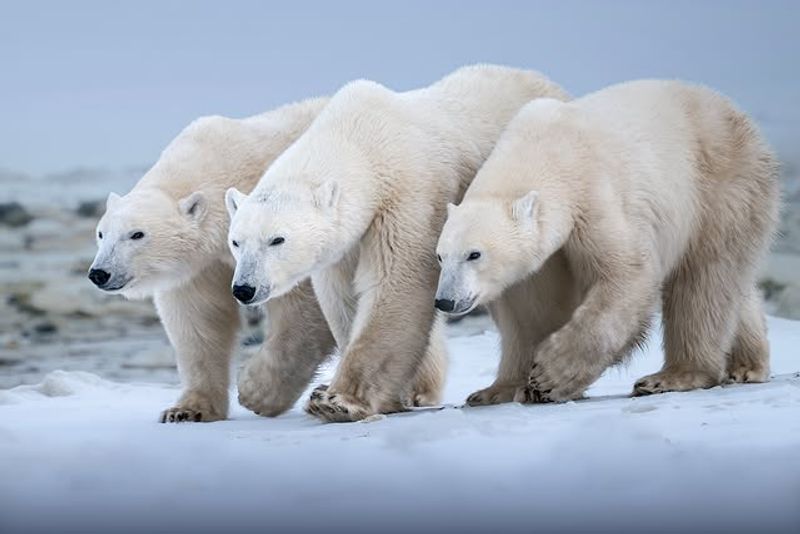
Polar bears possess acute hearing, enabling them to detect sounds that might signal danger or the presence of prey. This sensitivity to noise is crucial for survival.
In the quiet vastness of the Arctic, the ability to pick up subtle sounds allows them to react quickly, whether it’s approaching seals or avoiding potential threats, enhancing their adaptability.
17. Masters Of Camouflage
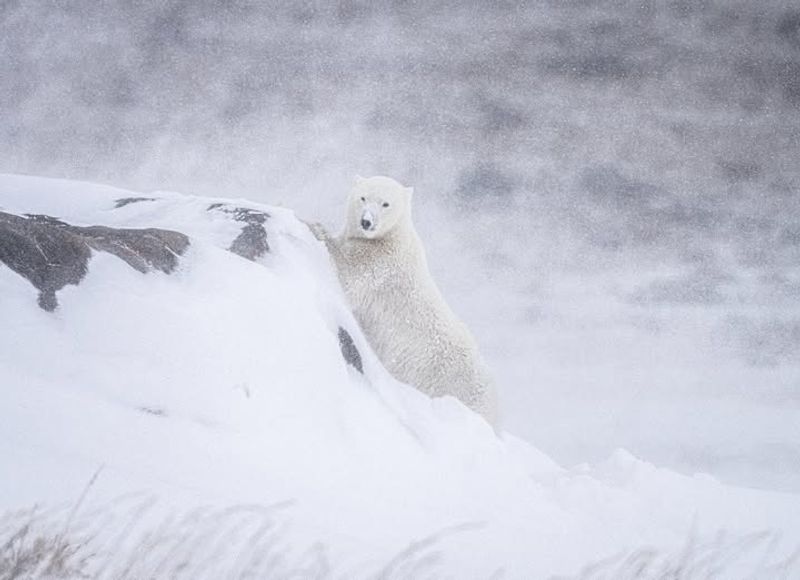
With their white fur blending seamlessly into the snowy landscape, polar bears are masters of camouflage. This ability helps them sneak up on unsuspecting prey.
The camouflage is not just for hunting; it also serves as protection, hiding them from potential threats. This natural disguise is a vital aspect of their survival in the harsh Arctic environment.
18. The Polar Bear’s Roar
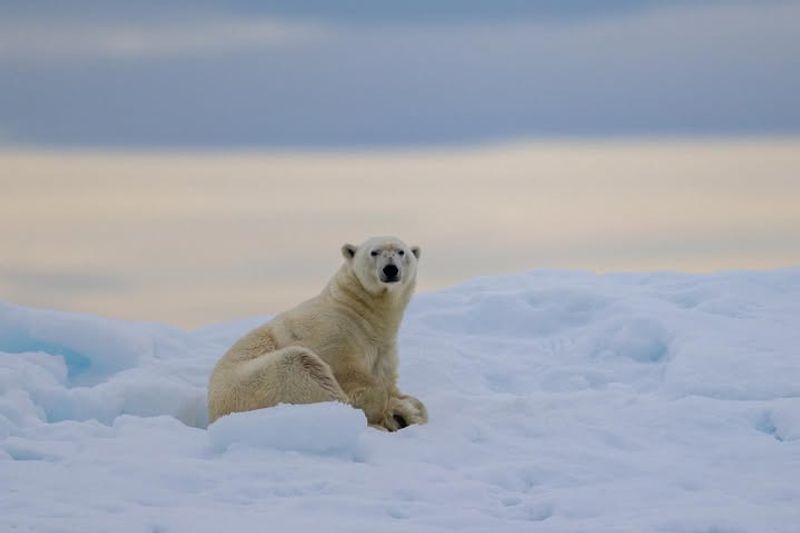
While generally silent, polar bears can produce a powerful roar when threatened or communicating over long distances. This vocalization echoes across the icy wilderness.
Their vocal abilities, though rarely used, are a testament to their strength and dominance in the Arctic food chain, reminding us of their place as formidable predators.
19. Ecosystem Engineers
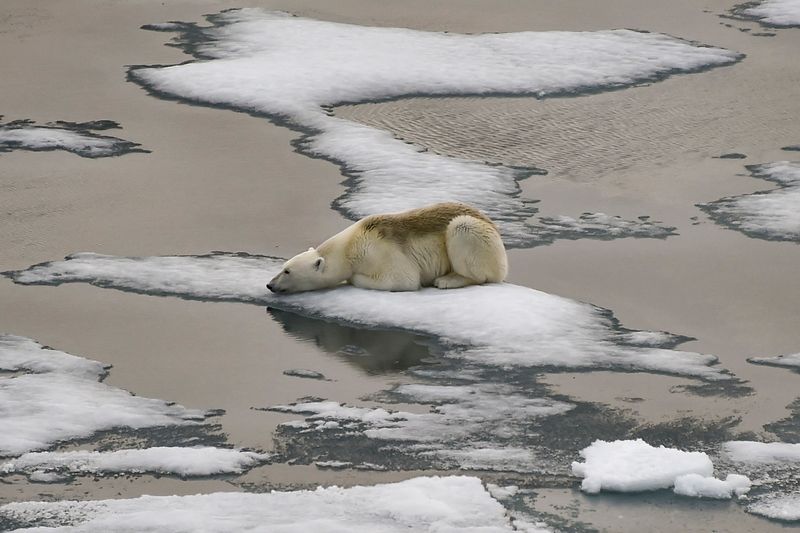
Polar bears play a crucial role in their ecosystem by managing seal populations and influencing the dynamics of the Arctic food chain. Their presence affects the distribution and abundance of other species.
As ecosystem engineers, they help maintain the balance of their habitat, showcasing the intricate connections within nature that support diverse life forms.
20. The Polar Bear’s Future
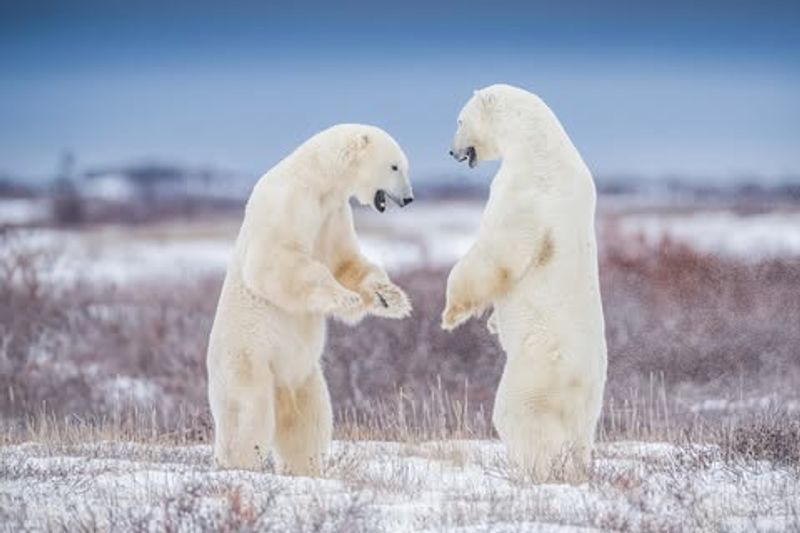
The future of polar bears is uncertain, as climate change continues to impact their habitat. Conservation efforts are crucial to ensure their survival.
Protecting these majestic creatures requires global cooperation and a commitment to reducing carbon emissions.
Their fate serves as a powerful reminder of the broader environmental challenges we face and the need to act swiftly to preserve our planet.

